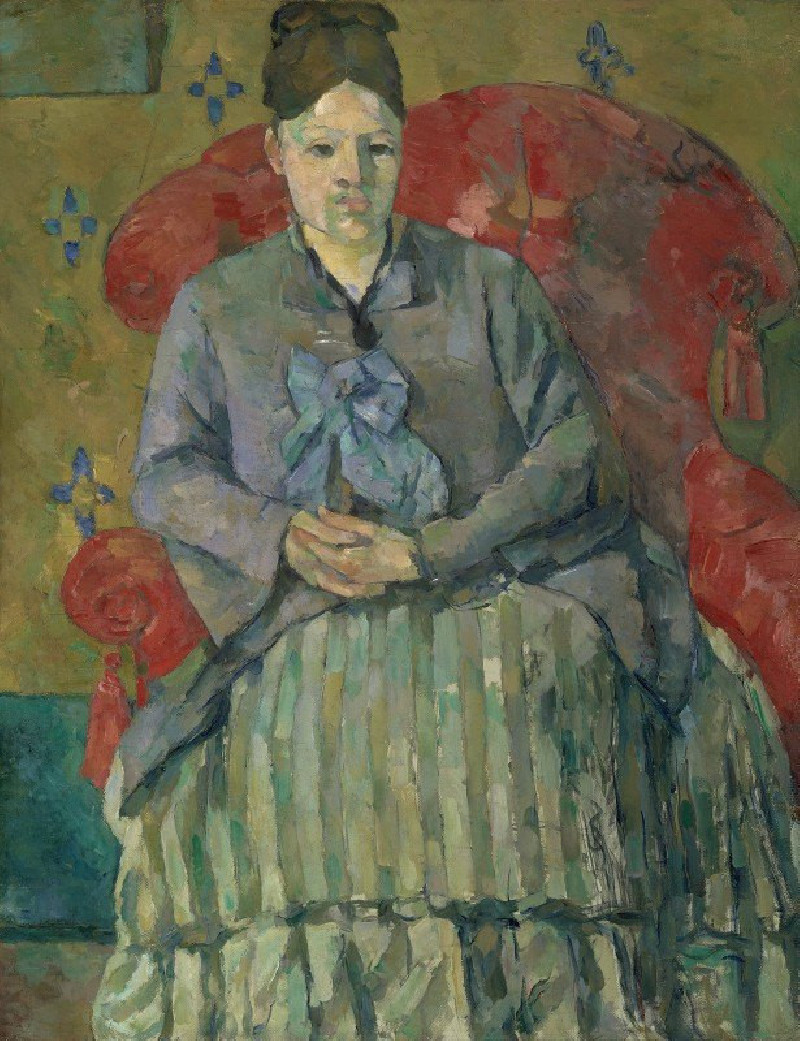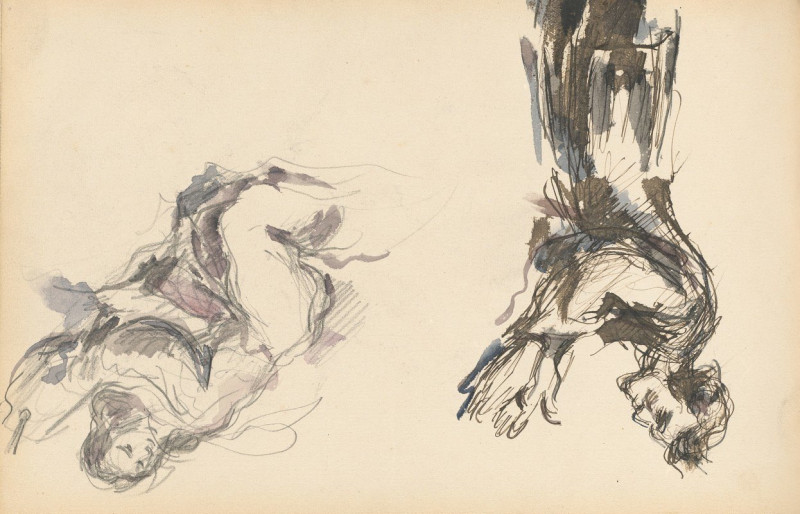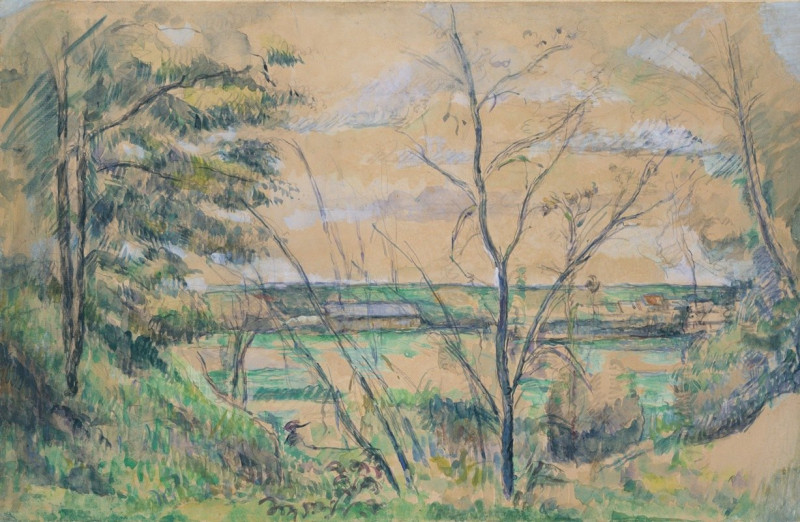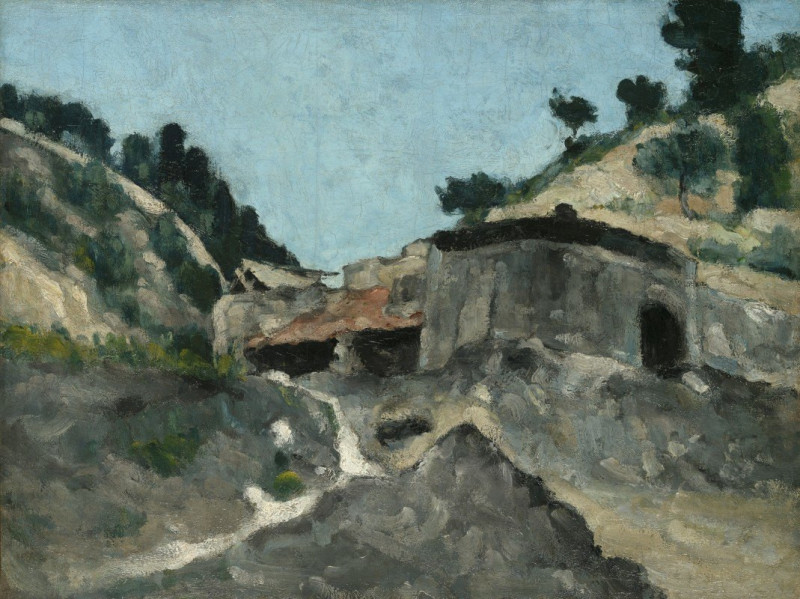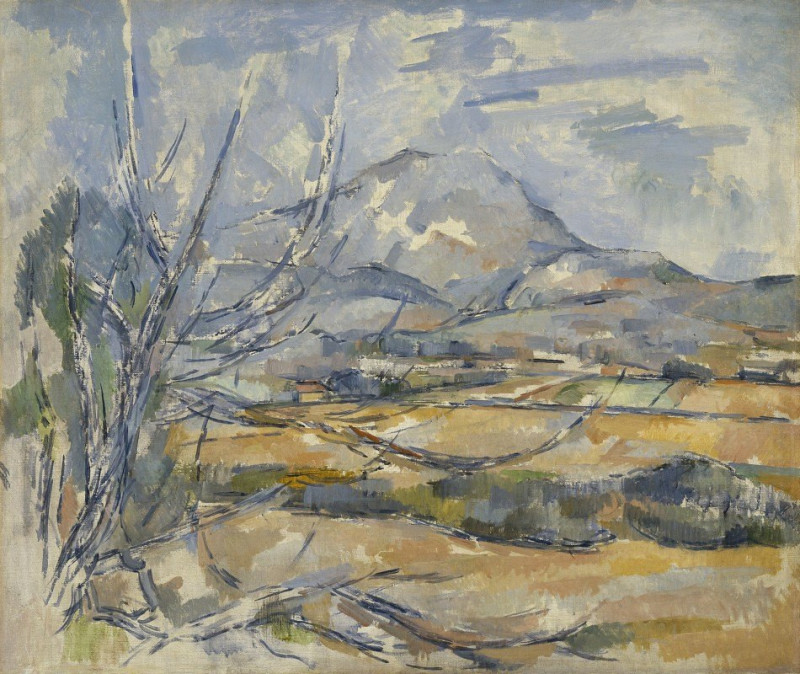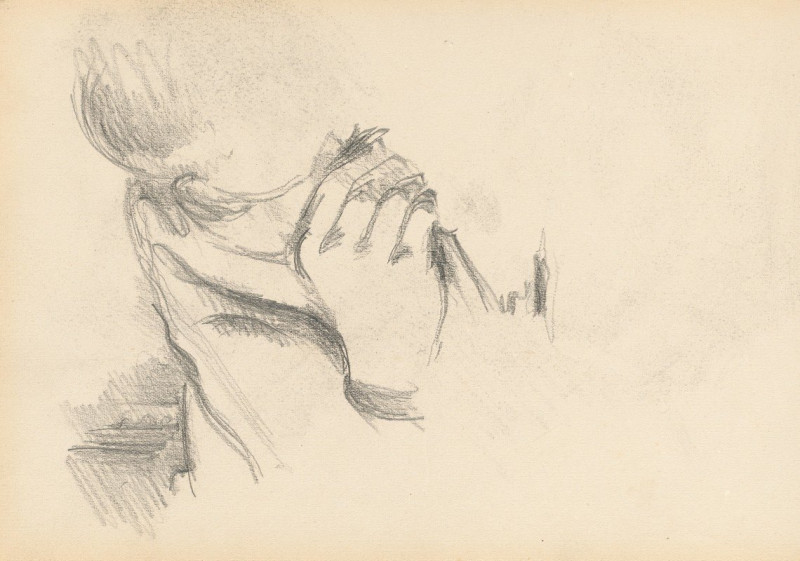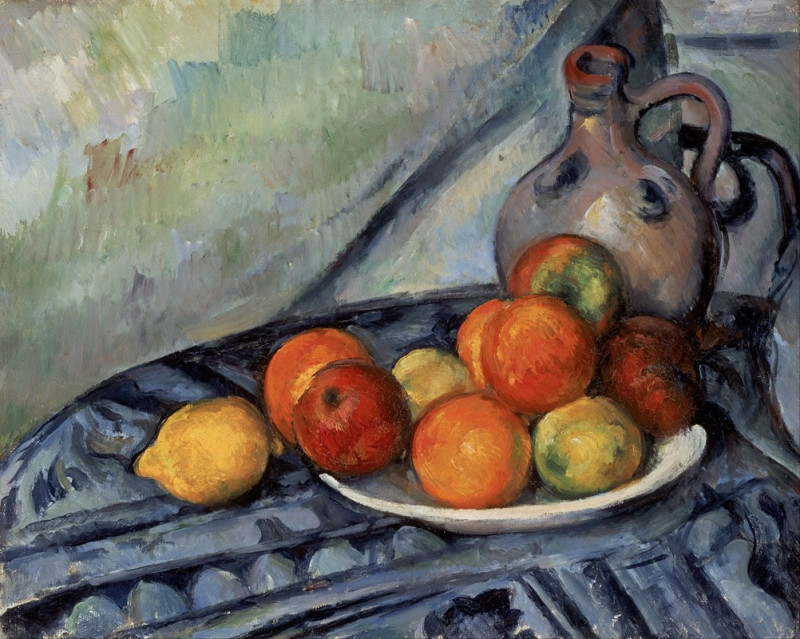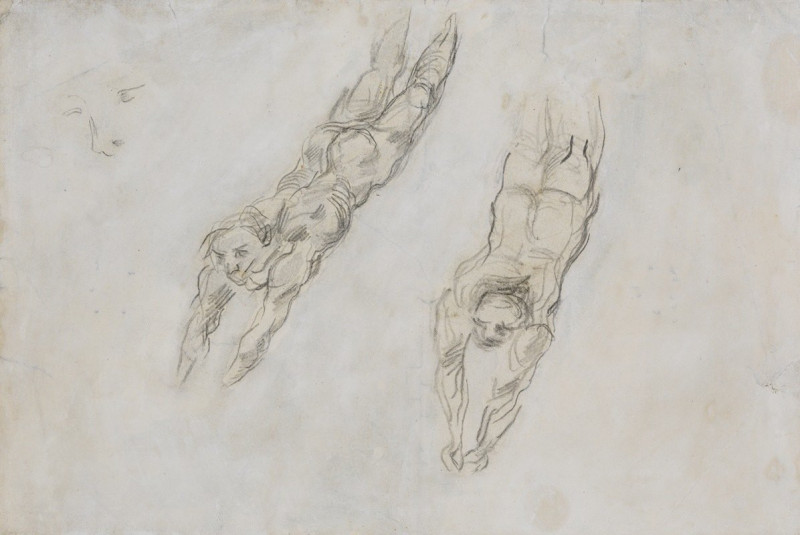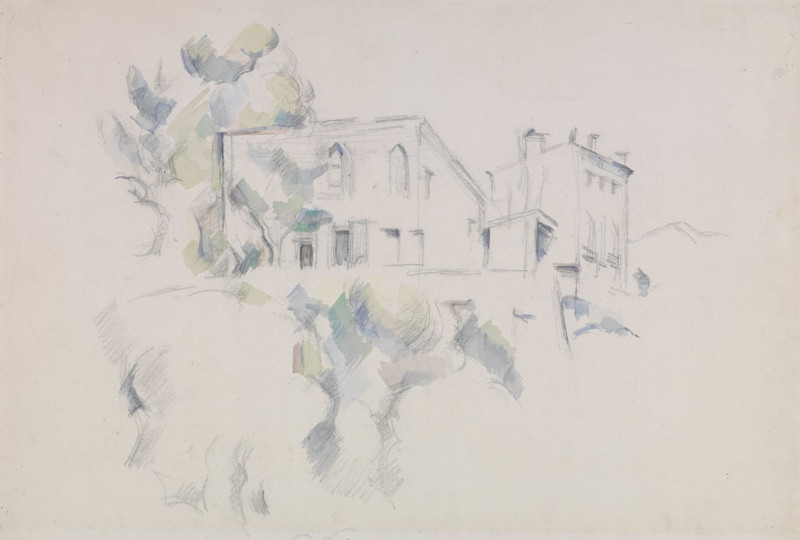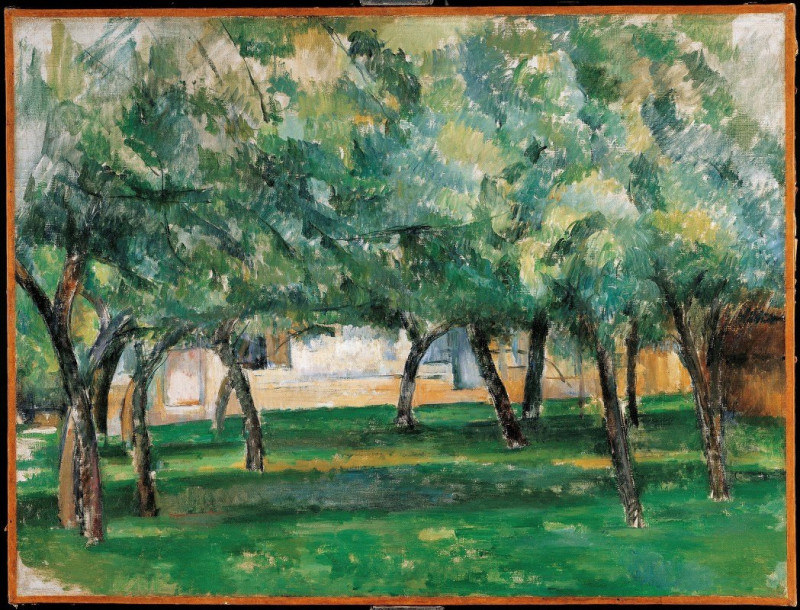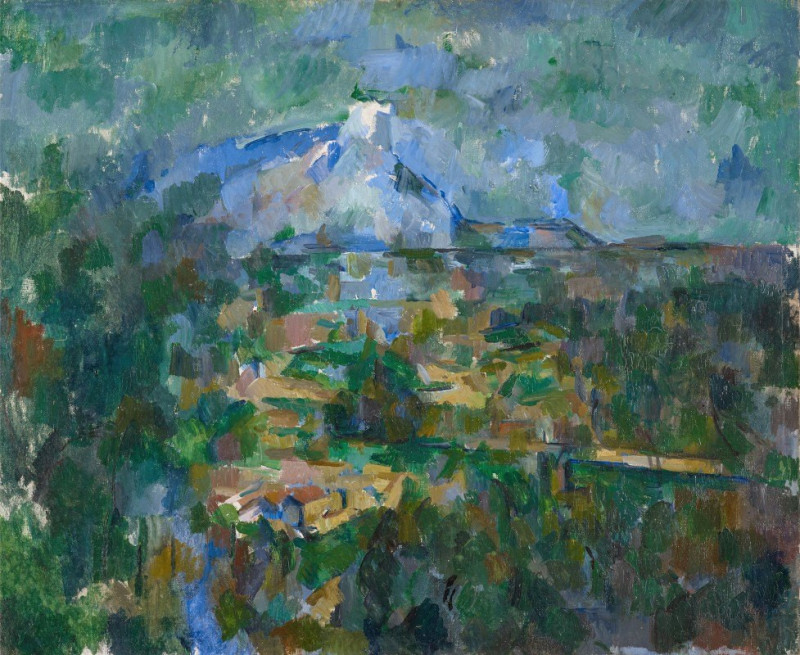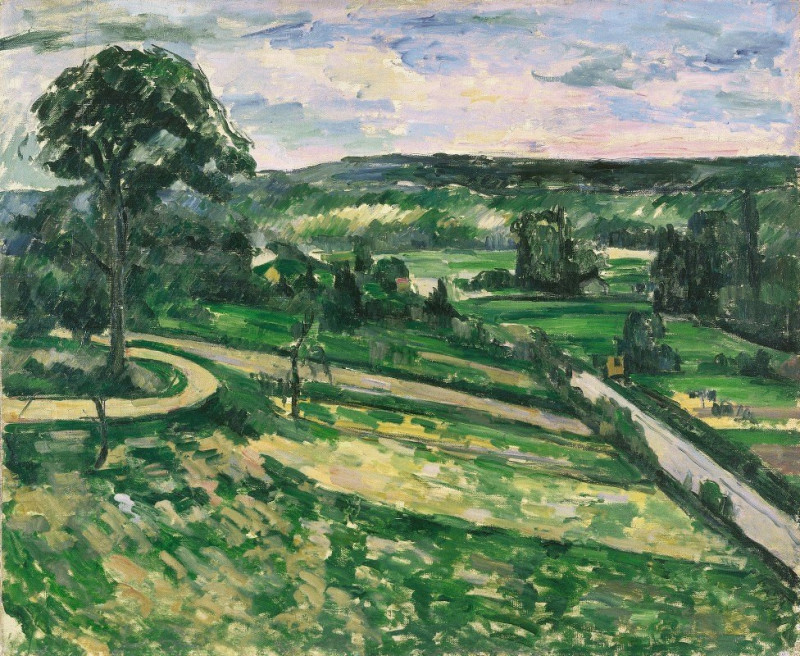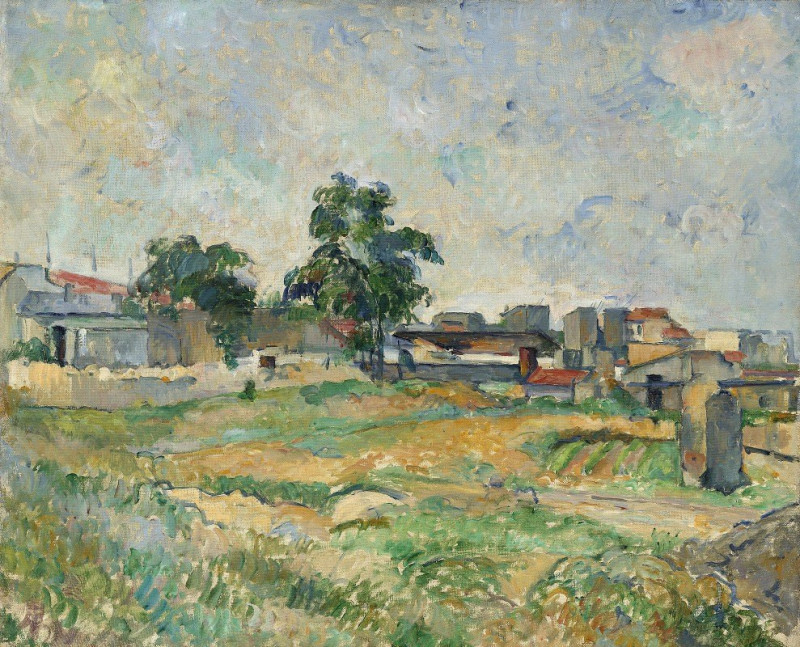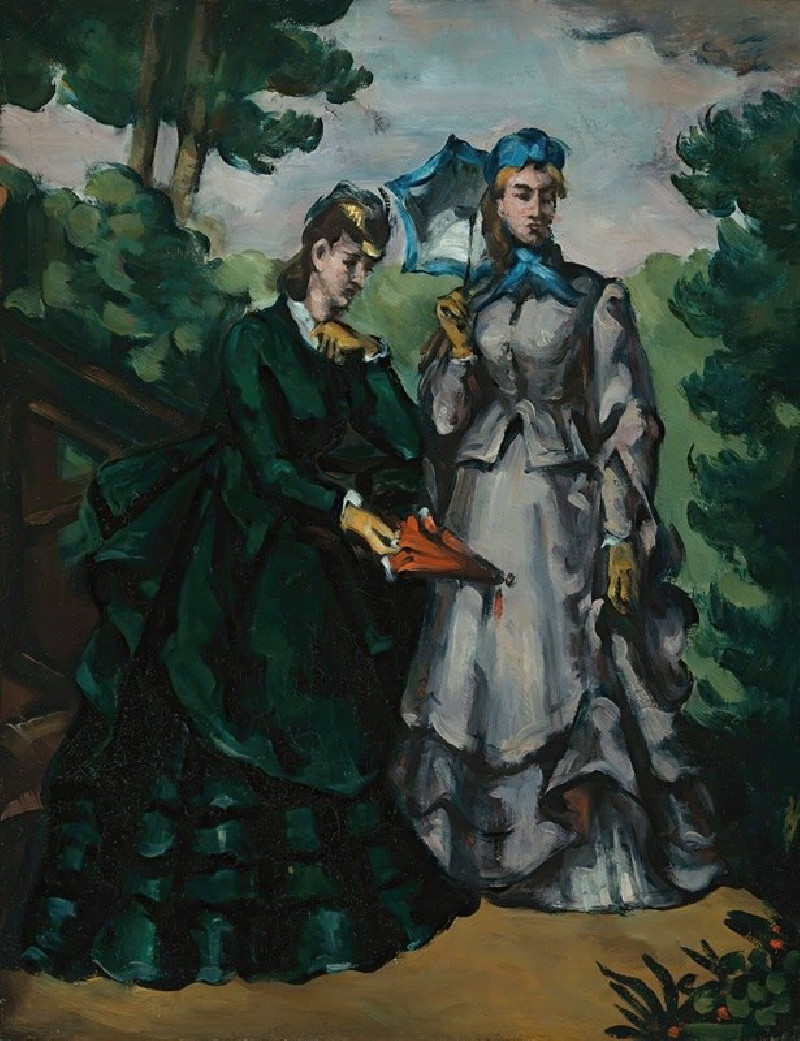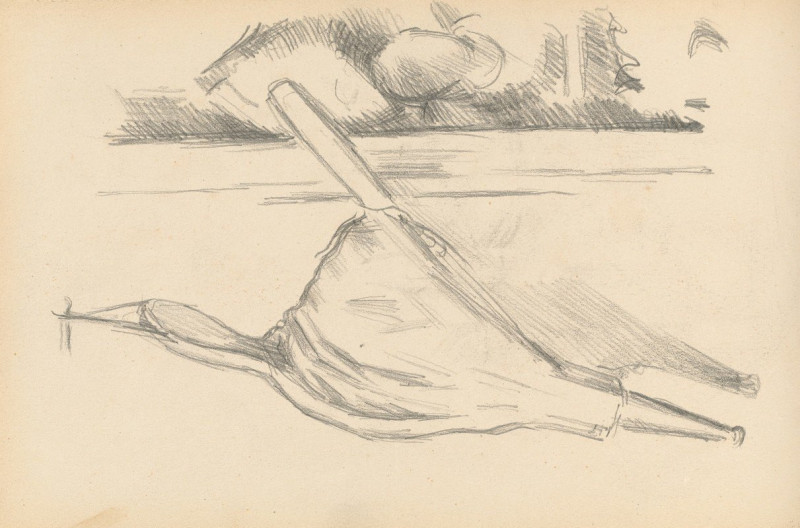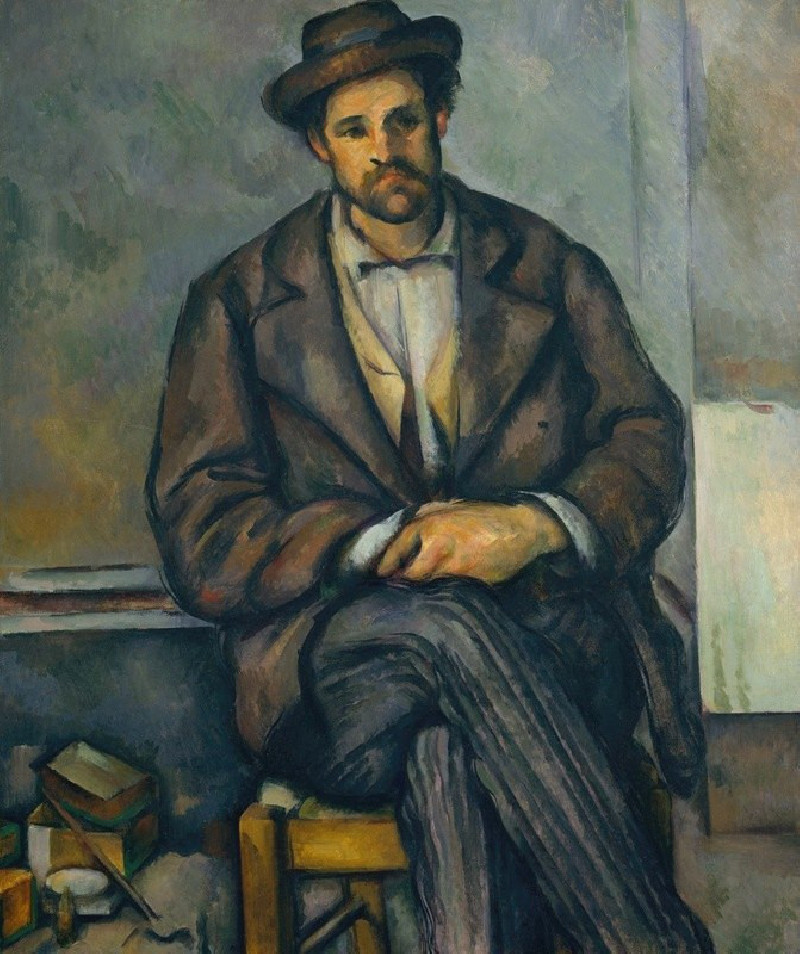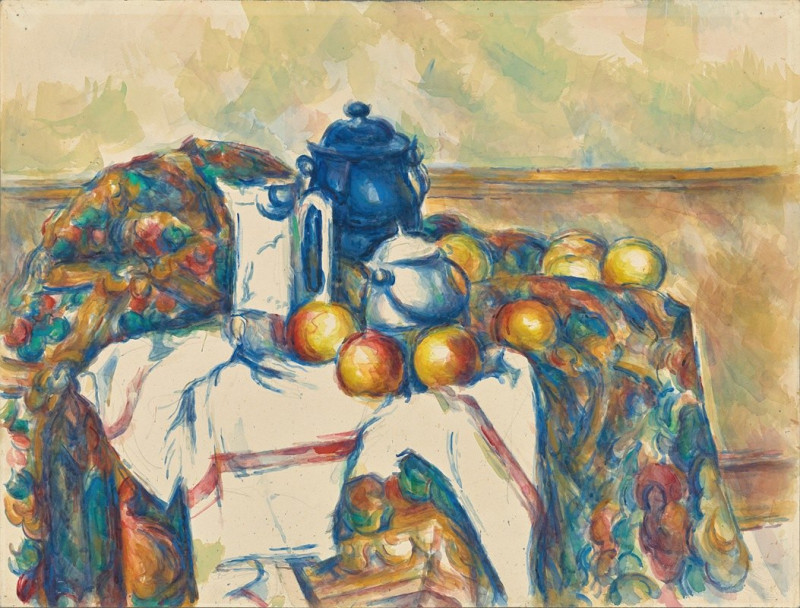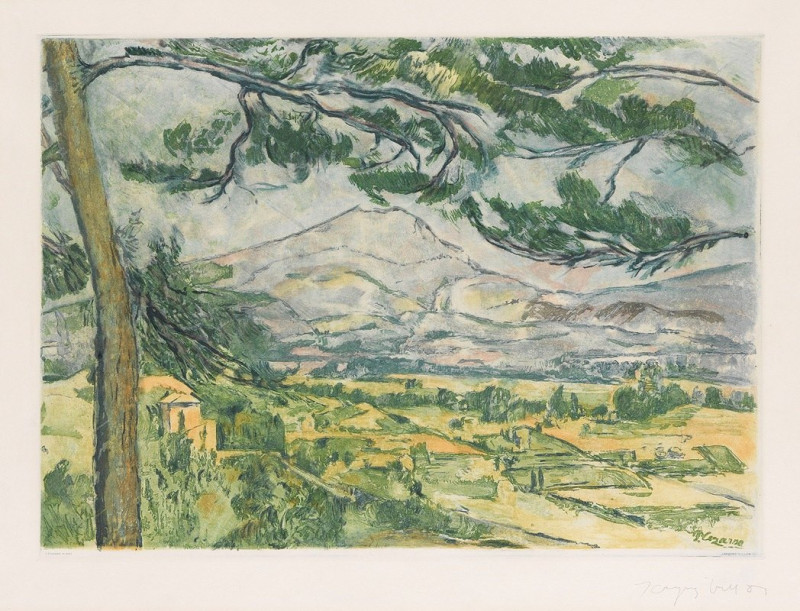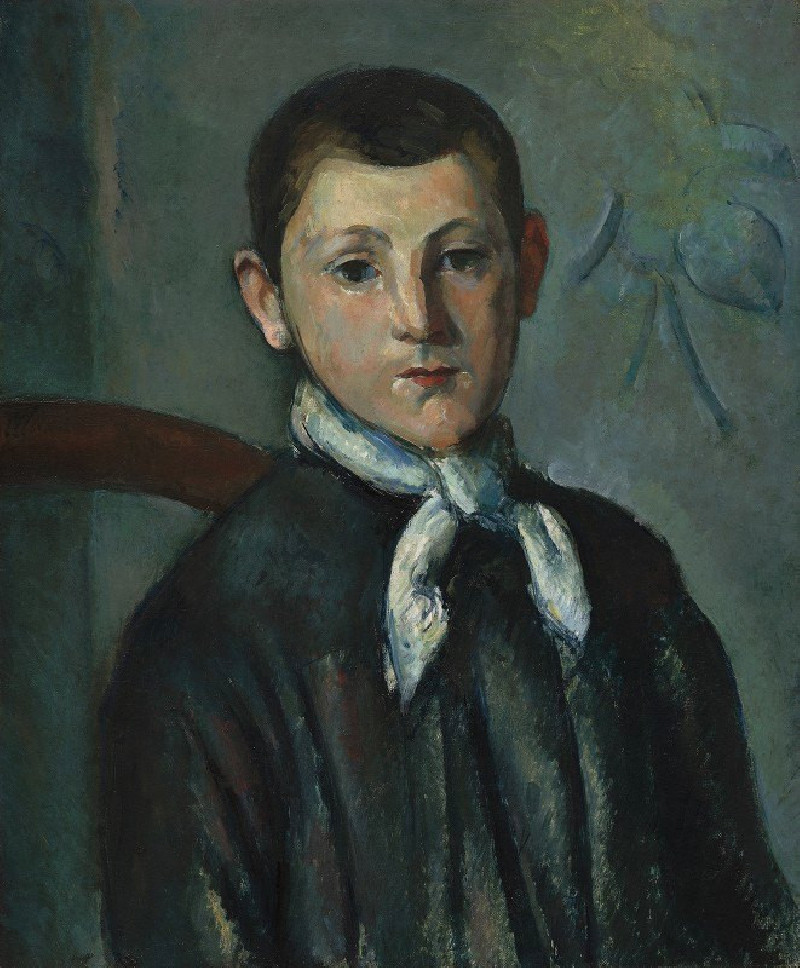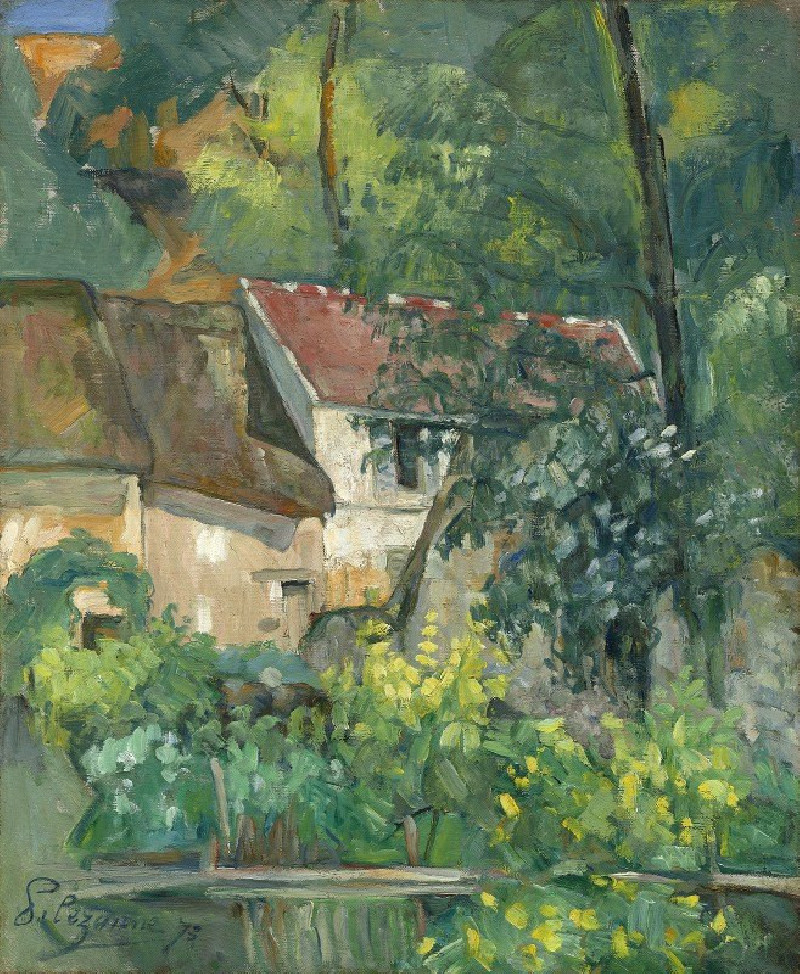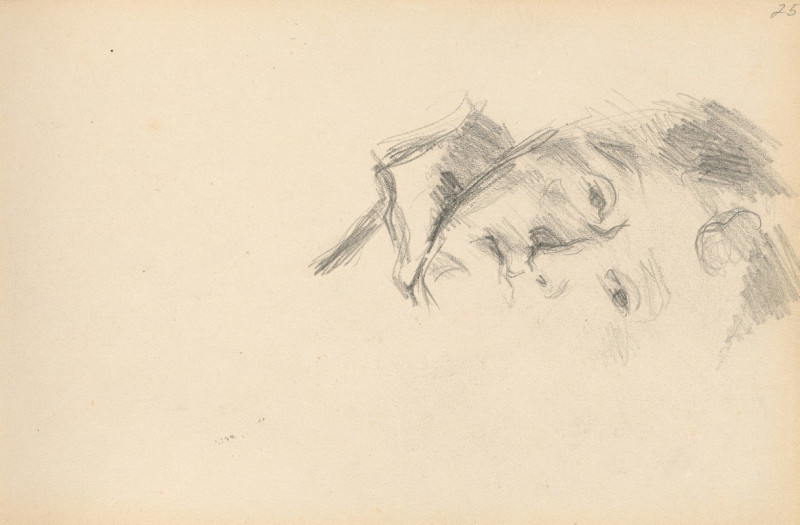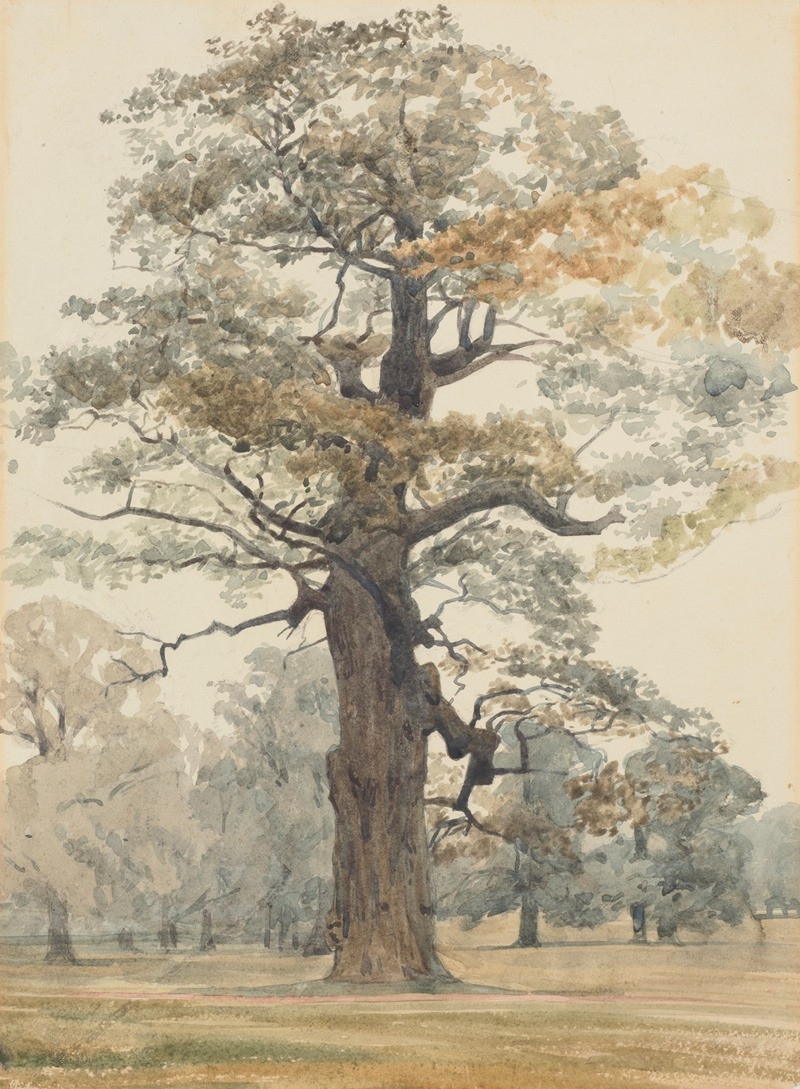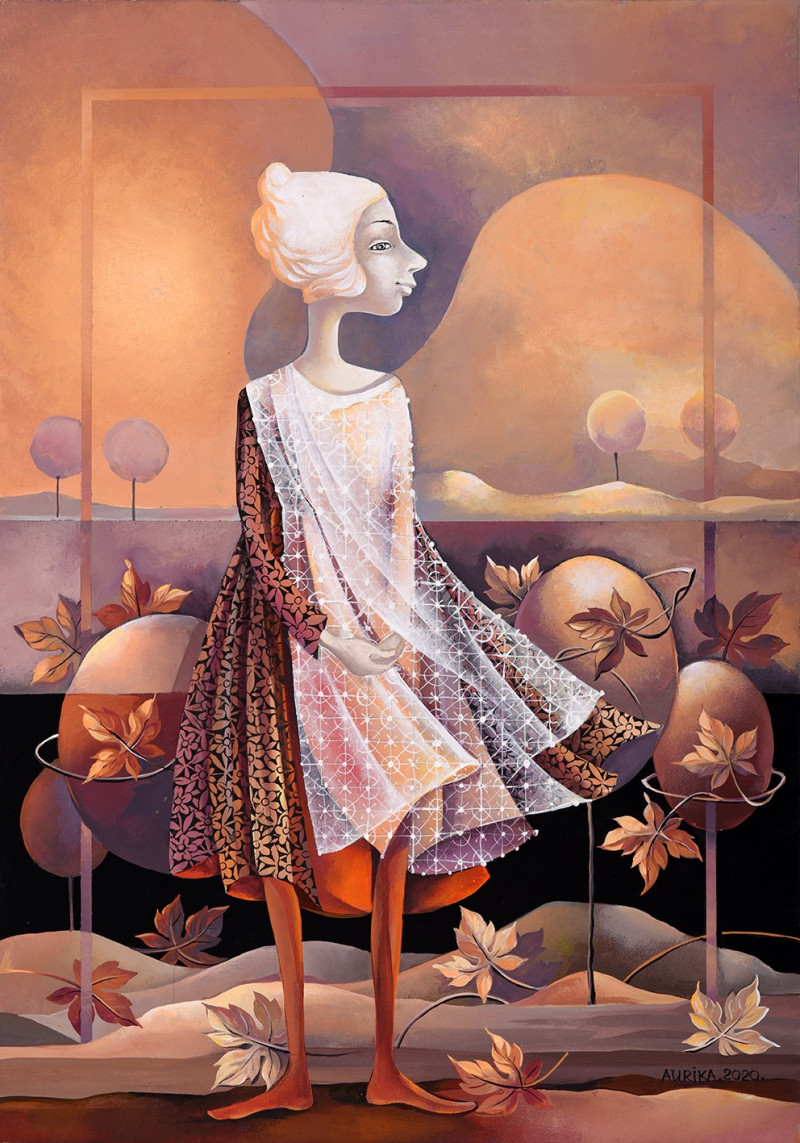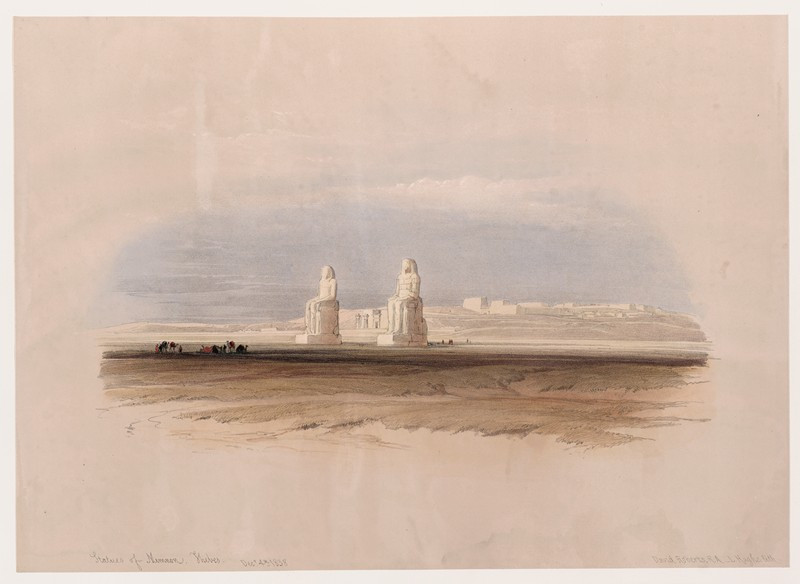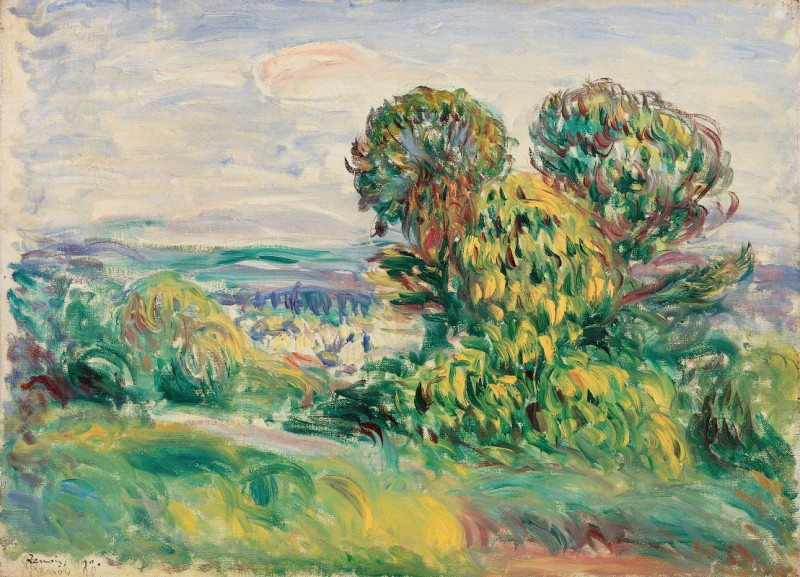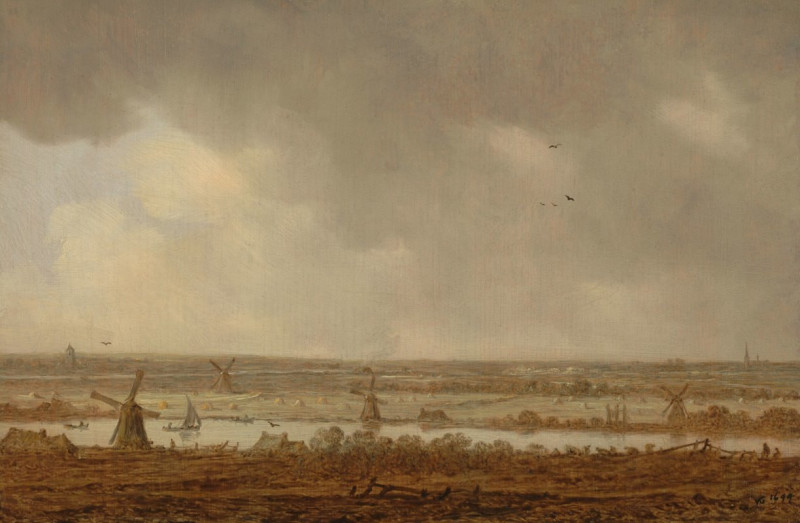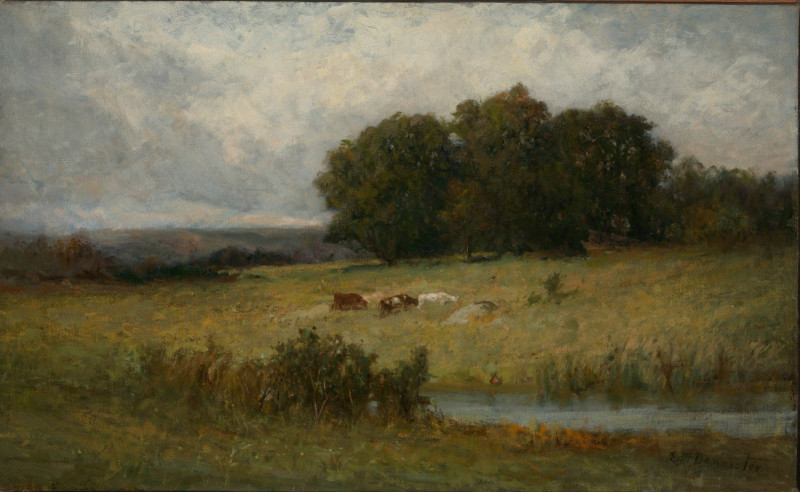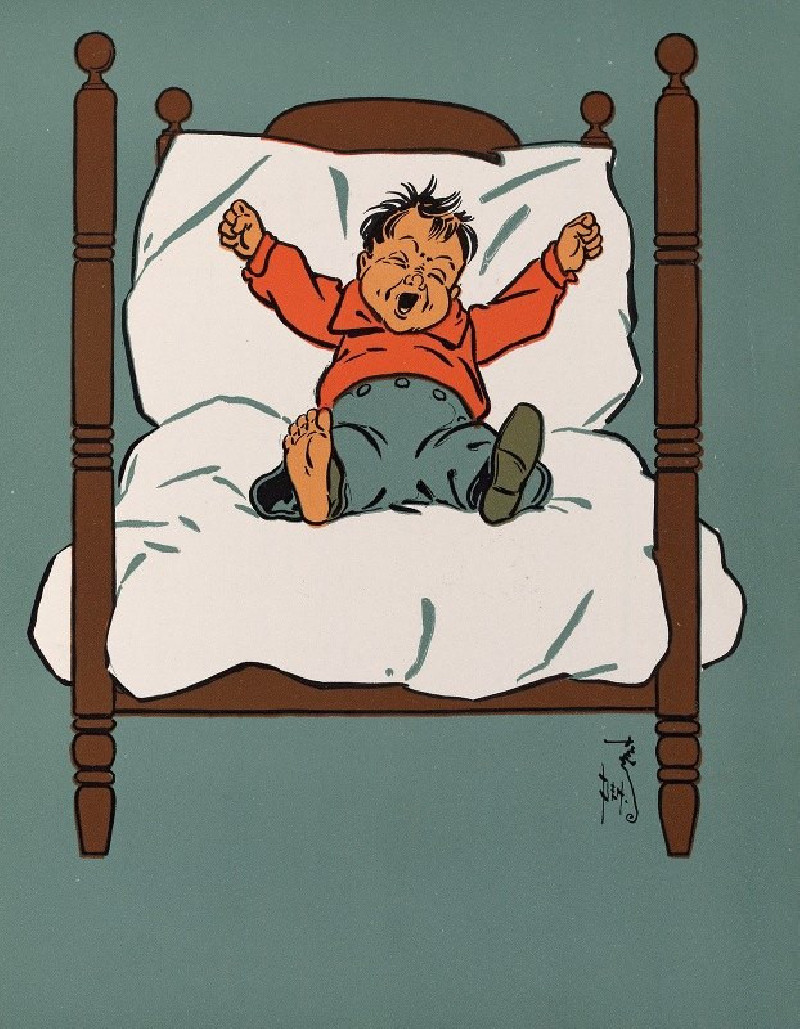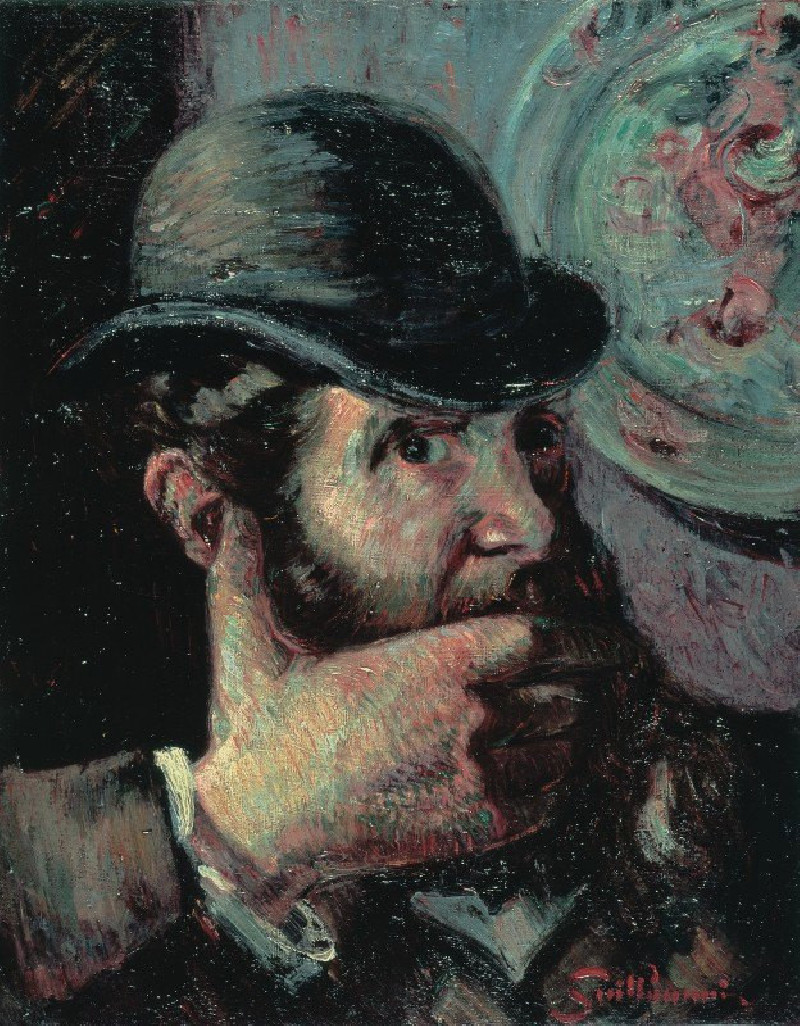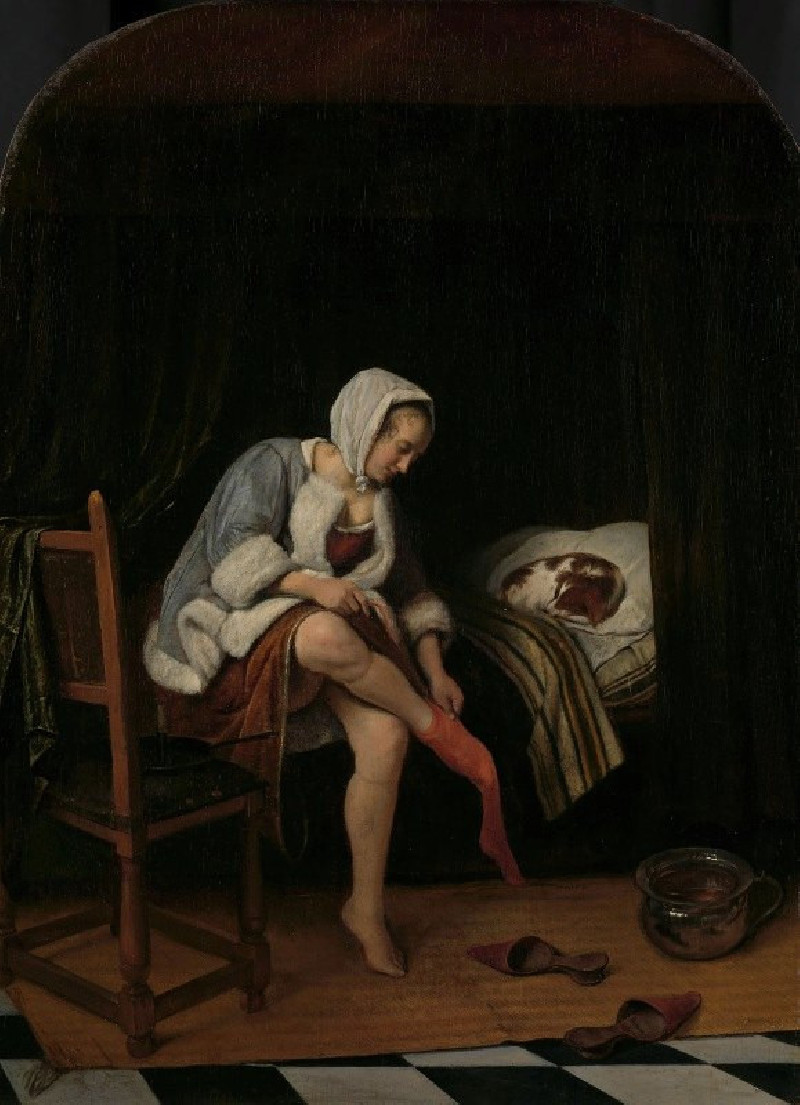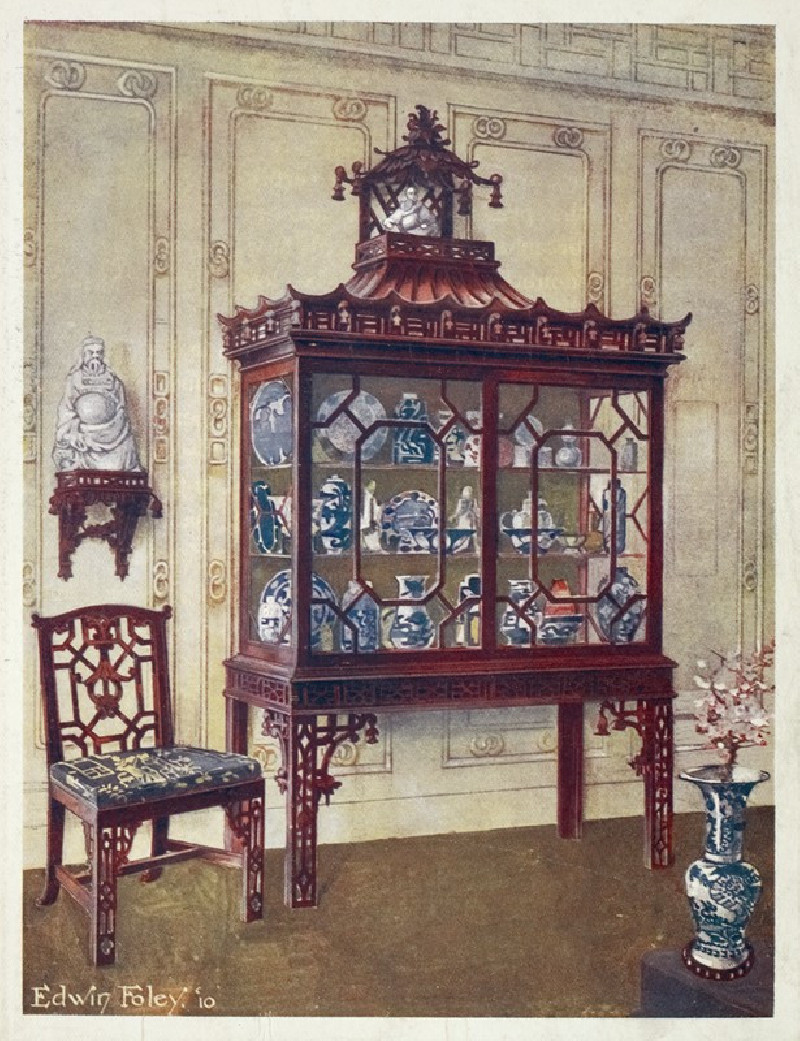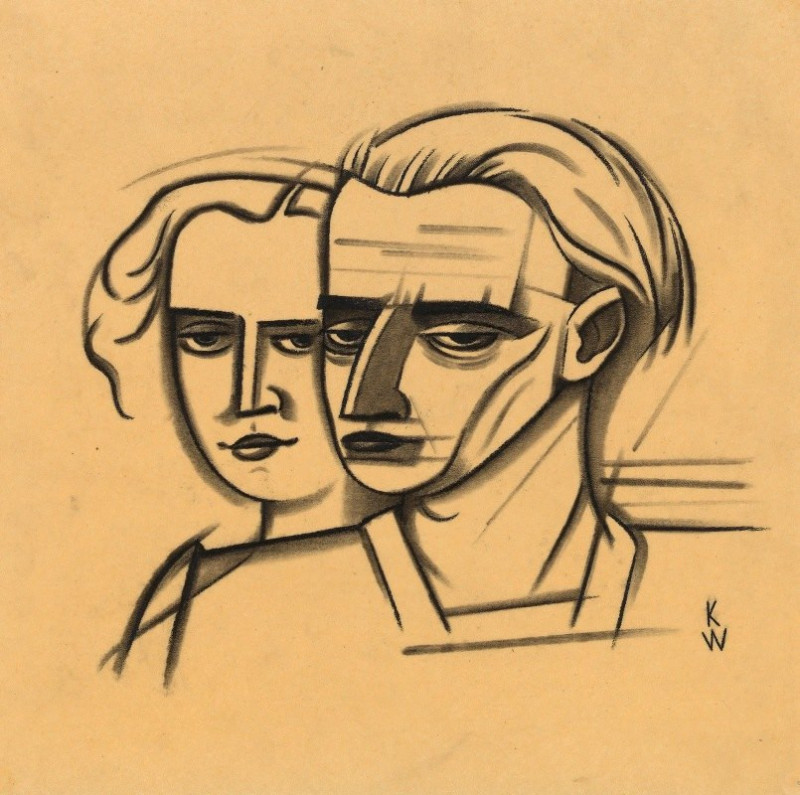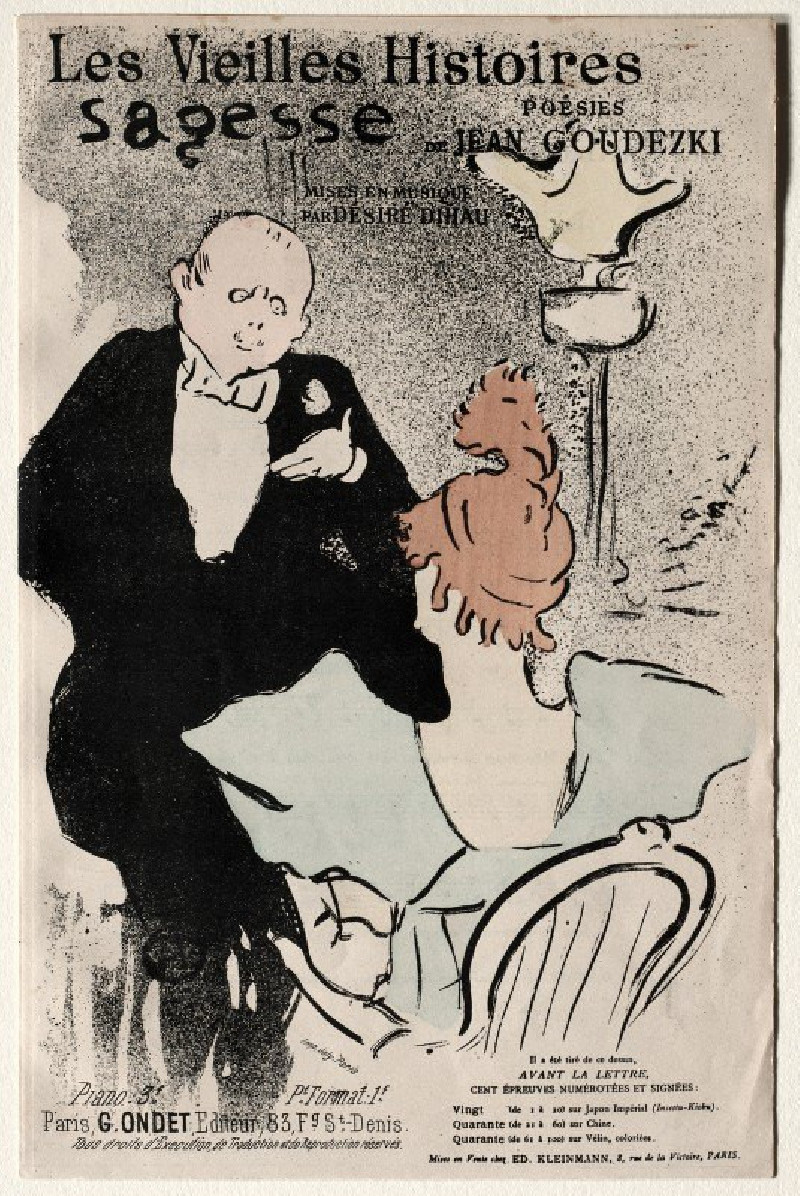Study of ‘Venus de Milo’ (1881-1884)
Technique: Giclée quality print
Recommended by our customers
More about this artwork
Paul Cézanne's "Study of ‘Venus de Milo’" created between 1881 and 1884, demonstrates the artist’s fascination with classical sculpture and his unique approach to drawing. This sketch captures an inclined view of the famous ‘Venus de Milo’, a renowned ancient Greek statue admired for its beauty and enigmatic grace.In this study, Cézanne delicately uses graphite to outline the form of the figure, suggesting rather than fully detailing the goddess's posture and anatomy. The simplicity of the strokes emphasizes the gentle curves and flowing lines of the sculpture, encapsulating a sense of motion and softness that contrasts with the marble's rigidity. The artist's focus seems to drift across the contours of the figure, exploring its textures and shadows with an almost ethereal touch.This drawing is not just a mere replication of a sculpture but an interpretative exploration that invites viewers to look beyond the physicality of ‘Venus de Milo’ and ponder the transcendent qualities that art, both sculptural and pictorial, can evoke.


